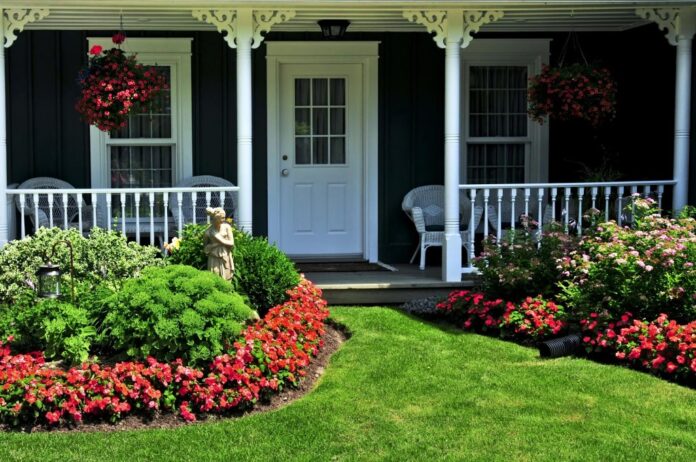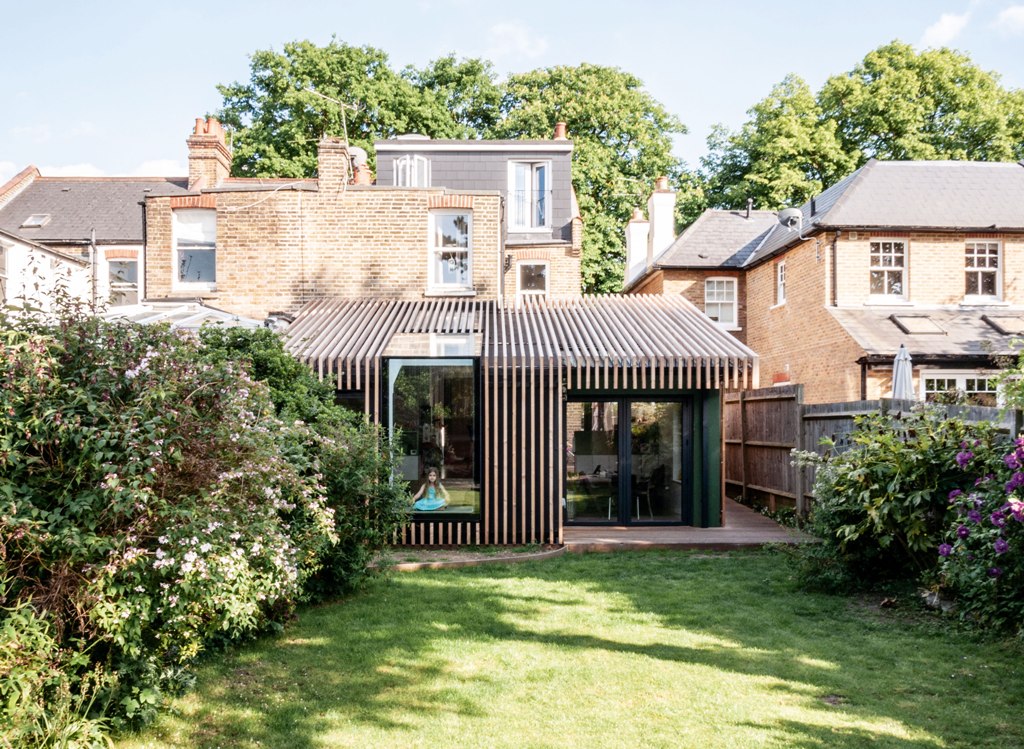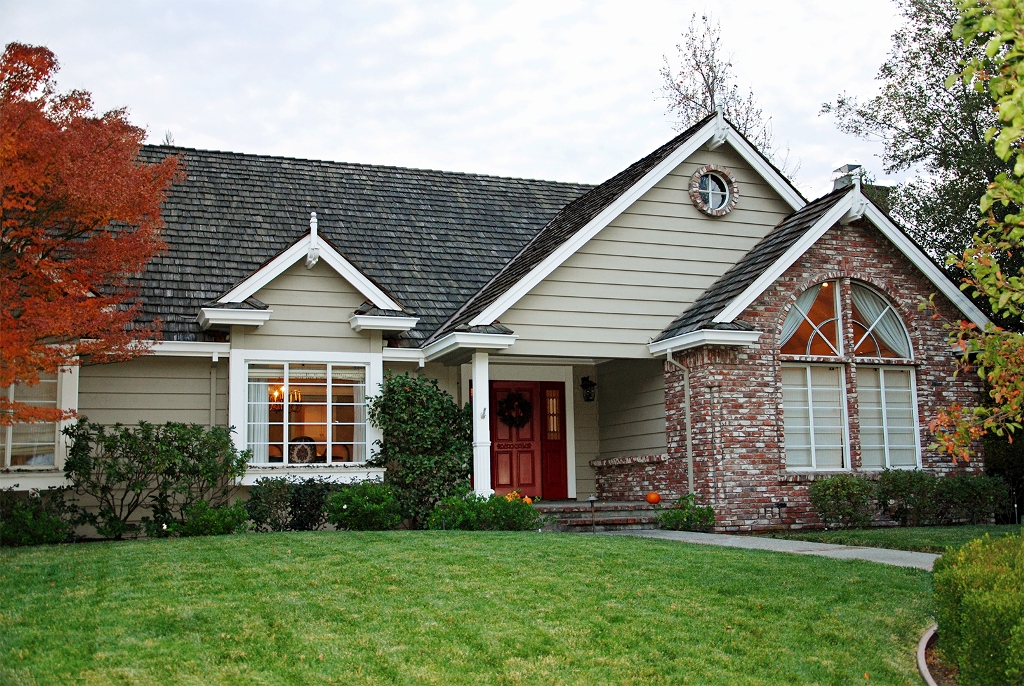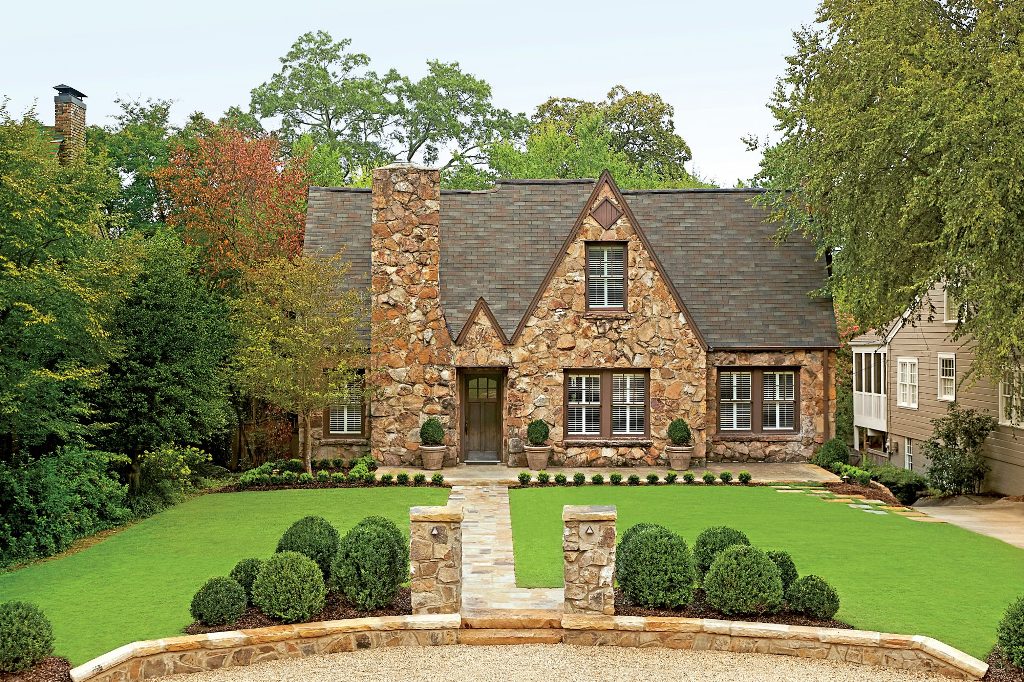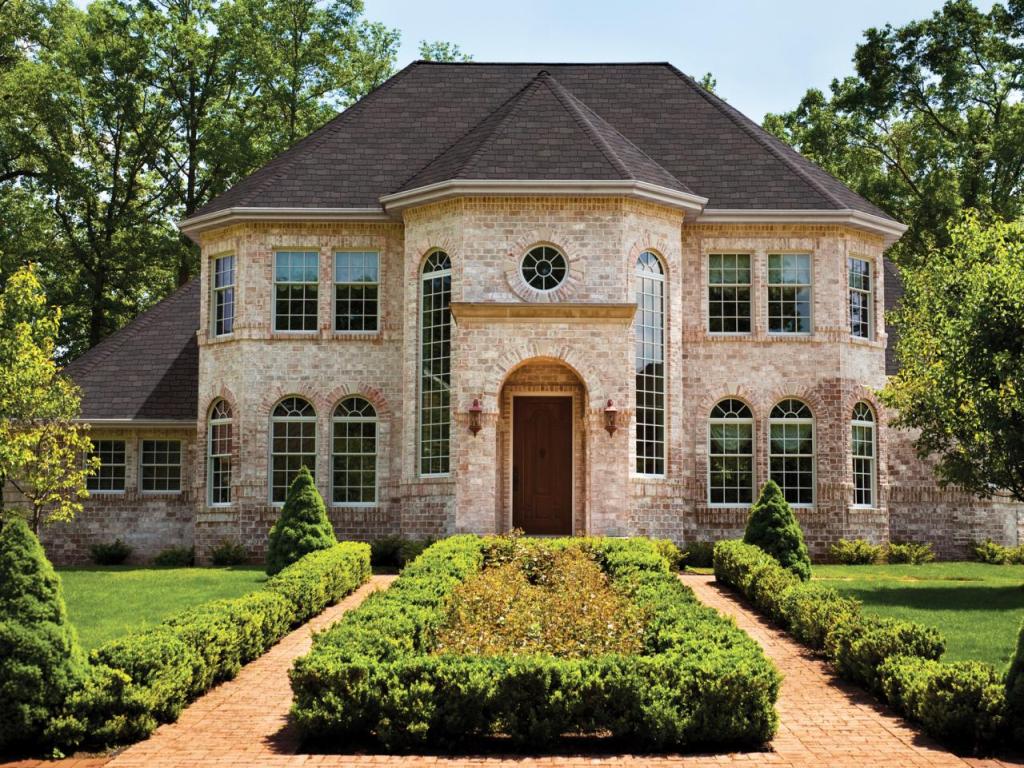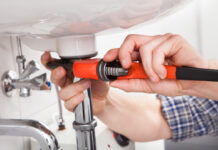Caring for your home’s exterior is the best way to increase curb appeal. A smart idea to achieve the desired results is to touch up the color. Not only does this improve appearance, but it can add a hint of your personality.
Whether your residence needs a little extra TLC or you’re ready for a new look, keep reading. Here are 8 tips for painting the exterior parts of a house.
Exterior Painting Vancouver WA: High-Quality Service From Our Top Notch Painting Professionals.
1. Prep Exterior First
The first thing you should do is prep the home by removing dust, dirt, and loose paint. You can do this by pressure washing and utilizing paint scrapers. When washing, work your way from the top to the bottom in a controlled manner, overlapping strokes by 8 inches.
When it comes to scraping, only do it until you achieve a solid edge. Before moving to the next step, repair the damaged surfaces. Prepping helps ensure a smooth coat of paint.
2. Avoid Spreading Lead Airborne
Lead is toxic for you and your neighbors’ health. If your home was built before the 1980s, you may be at risk. You can avoid spreading lead airborne with a few tips.
Lay down plastic drop cloths first, wear masks, and Tyvek suits. Collect any paint scraped off and dispose of materials at a hazardous materials site.
3. Minimize Prep Time
Prep takes time, but it’s worth it in the end. It’ll ensure you can achieve a smooth coat of paint. You can minimize the prep time with the following ideas:
- Focus mainly on problem areas
- Utilize a pressure washer
- Get help from others
While the prep work can take a while, you can do it quickly. Just remember to remove cobwebs, leaves, dust, and other blockages before beginning the next step.
4. Utilize Primer
When it comes to primer, you’ll want to examine the exterior first. Keep an eye out for any visible stains and wood knots. You should also look for dried wood filler and raw wood.
You don’t need to prime the entire house, only the unpainted spots. All it takes is one coat of stain-blocking primer. Brush it on specific zones, and you’ll be ready to move forward.
5. Use a Roller on Flat Spots
Utilizing a roller on the flat areas can save you time without sacrificing a thick coat. Starting half a foot from the bottom, lay the paint on in a sweeping stoke motion. Use light pressure as you roll upwards at an angle.
In the adjacent space, reload the roller and repeat. You should be working backward towards the previously painted section. Without reloading it, lightly roll over the painted areas to smooth and blend.
6. Spray Larger Areas
When it comes to spraying, focus on larger sections without features. That means no doors, lights, or windows. You can cover the non-paintable items within 20 feet to protect your home from mistakes.
Unlike indoors, you don’t have to cover the ground before beginning. Although spraying requires additional prep time, once you get started, the process is quick. Be prepared to spray more than one coat.
7. Use a Brush for Trim and Doors
When the time comes to paint the trim and doors, you’ll want to use a brush. It’ll help you get a close paint job done without missing any hard to reach spots. Remove the plastic coverings and begin painting.
You can add two coats of color to the trims and doors. After you’ve finished, you can remove the drop cloths. The exterior should be complete after brushing.
8. Minimize Washing Brushes
You can minimize the cleanup process by investing in covers for rollers. Instead of washing them afterward, you can toss them out at the end of the painting session. Since you’ll be using it for the exterior, you don’t have to stress about the quality as much as you would inside.
When it comes to small touch-ups and corrections, you can use a cheap foam brush and throw it away when done. As for expensive brushes, you can wash these with water and a paintbrush comb. Combs can minimize the time it takes to clean up.
Materials Needed for Exterior Parts of a House
When it comes to painting your home’s exterior, there are some things you need to have. The following are the materials required for the prep process:
- Pressure washer
- Paint scraper
- Epoxy filler
- Medium-grit sanding block
- Spackle knife
- Exterior caulk
- Caulk gun
- Plastic sheeting
- Painter’s tape
- Drop cloth
When you’re ready to begin the painting process, you’ll want to have the following materials:
- Exterior flat paint
- Ladder
- Paint sprayer
- Paintbrush and roller
- Roller cover
- Brush comb
There’s more to choosing paint for the exterior than the color alone. You need to consider the time, climate, and toxins. You can look online for more information.
Maintain Exterior Paint
When you’ve finished painting the exterior, there are some things you can do to maintain it. You’ll want to examine your home for mold, mildew, blisters, cracked caulk, and stains. When you find a problem, repair it immediately.
The longer you wait, the worse it’ll become. By getting to these issues quickly, you’ll find it easier to keep that freshly painted appearance.
Where to Recycle Paint and Cans
Disposing of paint and cans should be done safely. Recycled paint can be combined and reused. Choosing to use recycled paint is more eco-friendly than using new paint.
With the help of Earth 911, you can do so easily. You can use their online search function to enter the material you’re trying to recycle and your zip code to find a location near you or dial 1-800-CLEANUP.
Achieve Your Desired Results Today
You can achieve your desired results today. Now that you’ve read these 8 tips for painting the exterior parts of a house, it’s time to begin. With the proper technique and maintenance, you can enhance curb appeal easily.
There’s more you can do to improve your home. Explore our site for other real estate tips.

